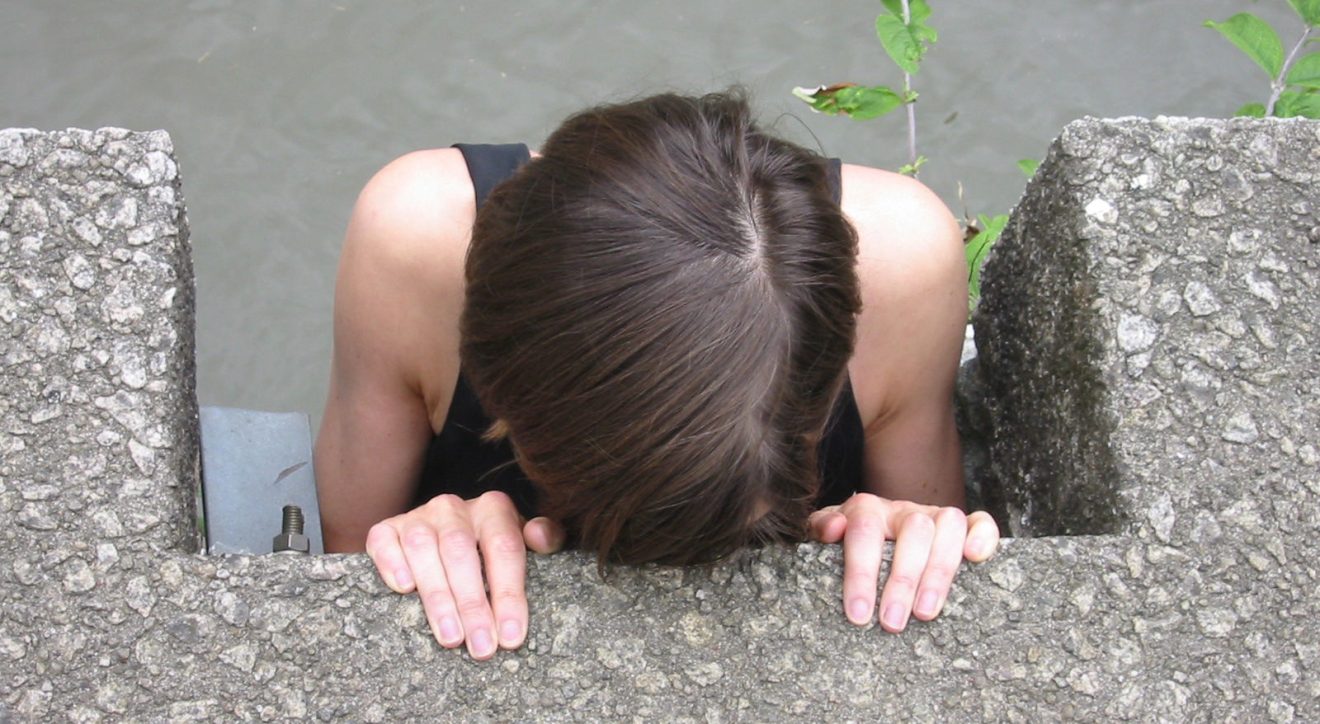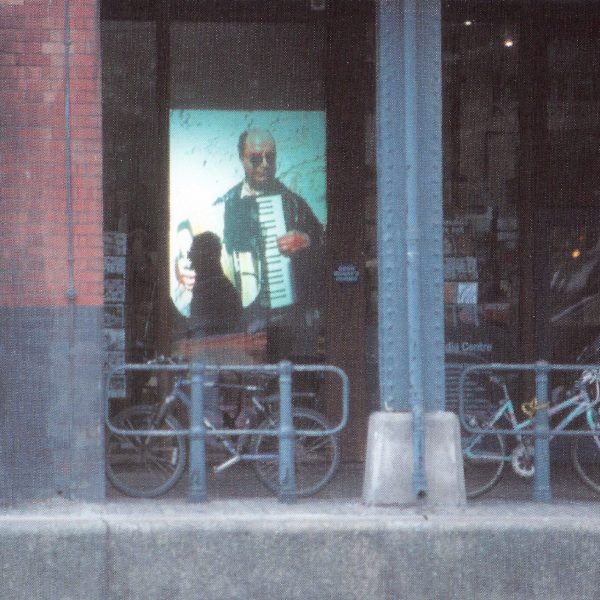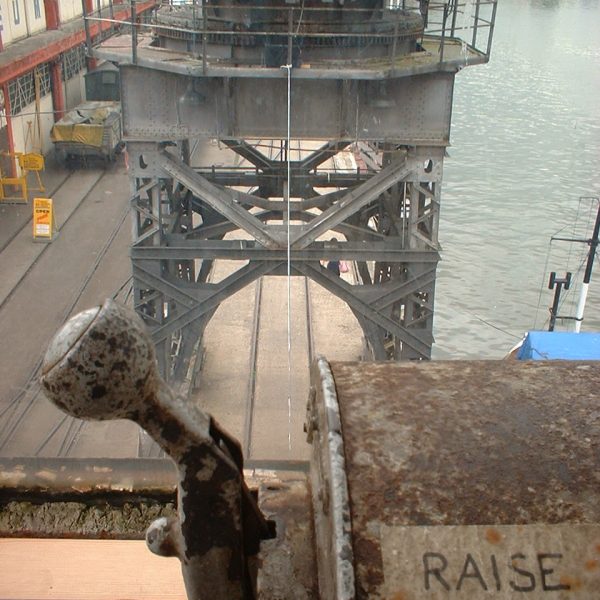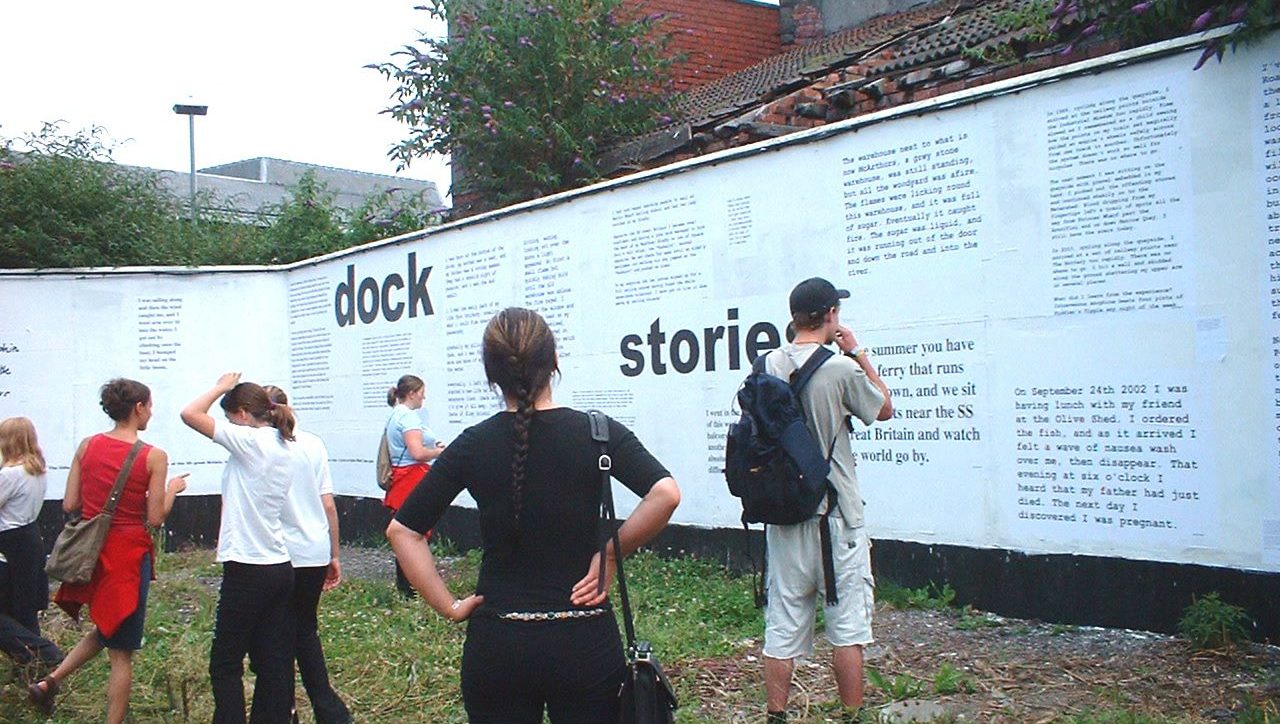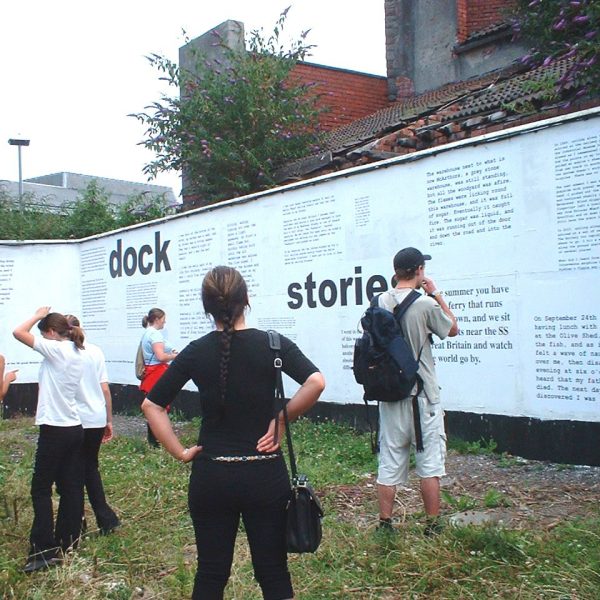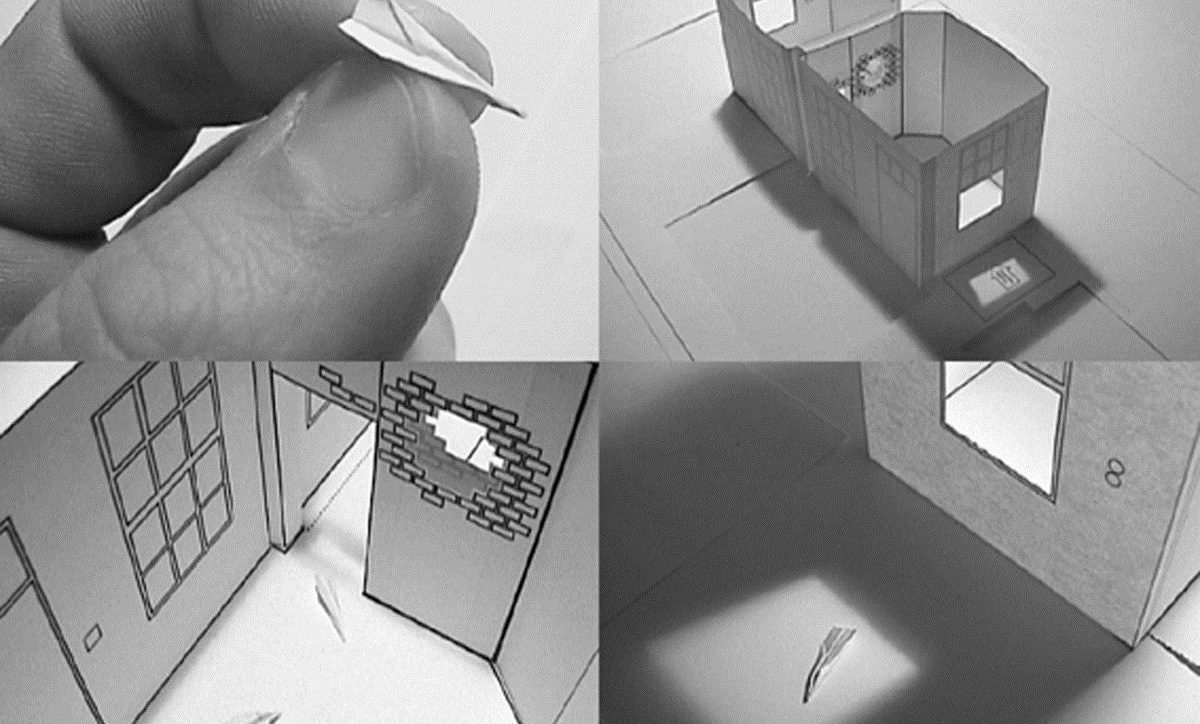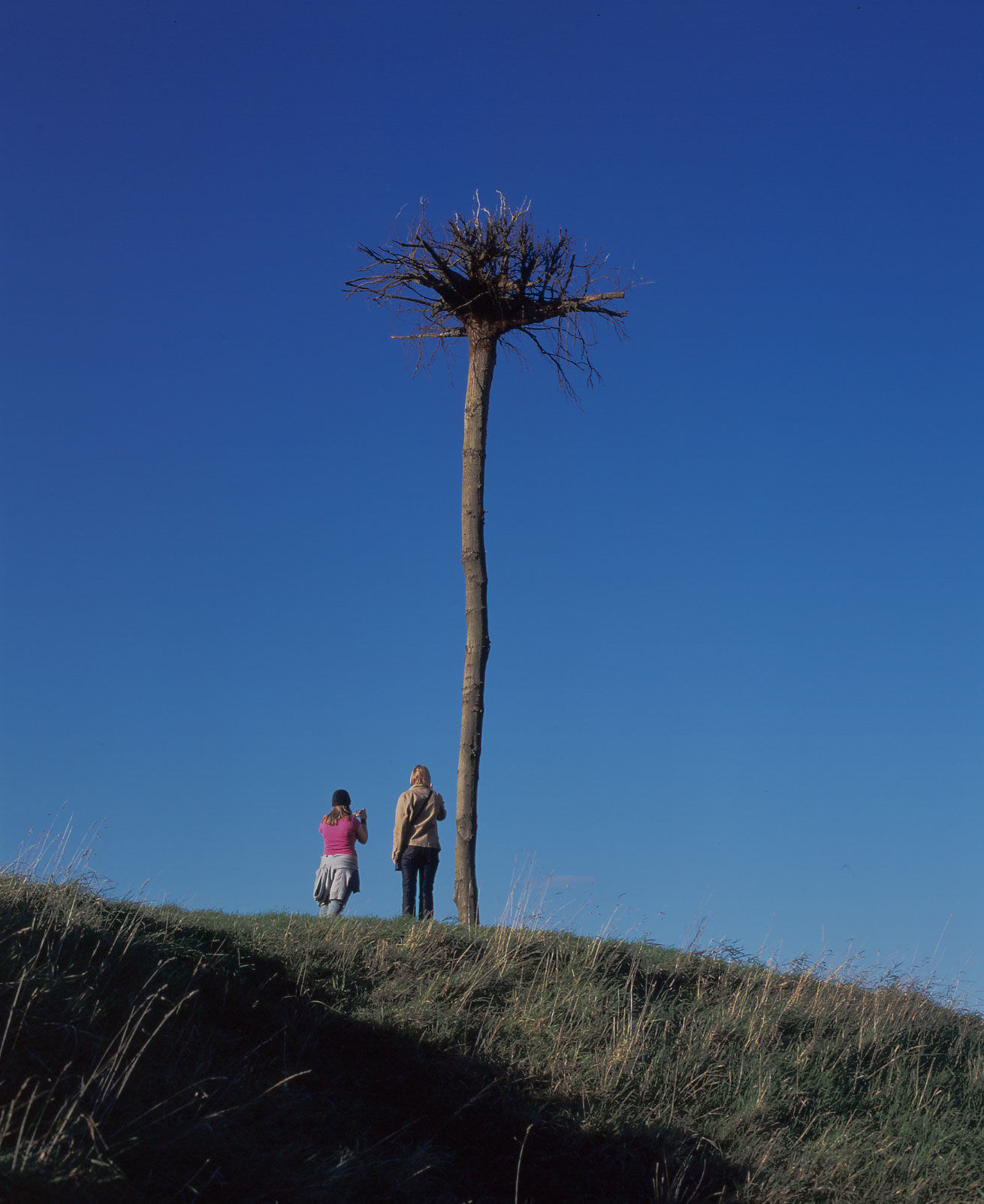
Synopsis
In 2003 The Independent Artist’s Network presented Dialogue. The event involved artists from Bristol, Hanover and Porto (twin cities to Bristol) who were commissioned to produce temporary artworks and interventions at sites around Bristol’s Floating Harbour. The commissioned works were diverse, but all aimed to raise discussions around the issue of temporary public artworks.
Description
In July 2003 dialogue presented thirteen, new, contemporary art works on Bristol Dockside. The programme was commissioned by Independent Artists Network with artists from Hanover, Oporto and the UK invited to devise a series of temporary works connected by location on Bristol harbourside.
The Symposium, which provided a platform for artists and curators to discuss the resonances of site-specific, temporary interventions in the public realm, began with the above quote, delivered by historian Michael Manson, as an anchor to his exploration of Bristol docks, past and present. Adam Sutherland followed with a summary of his curatorial approach to Grizedale Arts, which has involved introducing public engagement works by contemporary artists into an area renowned for traditional landscape art.
The juxtaposition of these two speakers set the context for the day – part of which was spent on a ferry tour to view the works commissioned for ‘dialogue’. This floating discourse courtesy of Jim McNeil, poet and historian and Bristol Ferry Boat Co., gave delegates an intimate waterways view of visual and audio dialogues that included:
– A silent film sequence of a visually impaired accordian player in Oporto by Gabriela Vaz-Pinheiro
– Multi lingual, conversing cranes by Natalie Deseke
– Hidden glimpses of performance by artist Eve Dent
Outside the formality of the auditorium the audience engaged in stimulating discussion, both with each other and the artists, as they walked and talked between the works.
The debate which continued back at the Arnolfini was chaired by Maggie Bolt, Director of Public Art South West, and teased out respective views on context and identity and the distinctions of off-site works, closing on a plenary discussion with the speakers and artist-participants from UK, Germany and Portugal.
Artist and curator Louise Short organised the Symposium on behalf of ALIAS (Artist Led Initiative Advisory Service, Arts Council South West). The Independent Artists Network team hope this Symposium will be a beginning for future debates and discussions arising from art practice in public spaces.
Dialogue pioneered a new way of working in Bristol – no other artist-led organisation had gained the support of all the key arts organisations in the city before. The Bristol Ferry Company supported the project by connecting the sites by water transport and hosting events. There was an associated education programme developed with creative Partnerships, Arnolfini and teachers from selected Bristol schools.
Eve Dent, Anchor, Performance 2003
The ferries were a highlight of the project, particularly as they provided a floating platform from which to view a series of performances by artist Eve Dent. Dent created tableaux appearances along the ferry route, offering viewers surprise glimpses of her that revealed all, or part, of her body. The quietness and subtlety of Dent’s position crouching in a cavity underneath a bridge, compared with the shocking appearance of her arms dangling through the wall of a rusted old ferryboat delighted audiences, who took away with them lasting memories of the live event.
Paul Rooney, Blush, Paper 2003
Paul Rooney, primarily known for his video and audio works, embraced the opportunity to develop his work as a text-based piece. By transcribing a personal story about a woman’s memories as a trainee florist onto paper, his work was distributed as a wrap around flowers sold via a florist on Prince Street Bridge. The intention was that the people who took the flowers home would think deeply about the meaning of the words they discovered.
Anna Oliver, Dockstories, Installation 2003
Anna Oliver began work on her piece several weeks before the project opened, by inviting people to contribute stories to a website. Oliver requested that the stories should be relevant to the Bristol Harbourside, resulting in a fascinating collection of very personal, anonymous, contributions. Some were selected for enlarging and placed on the advertising hoarding on Redcliffe Wharf.
Louise Short, The Shock of the Old, Installation 2003
Short’s work involved re-animating a long – defunct signal on Redcliffe Wharf. The process of returning the signal to working order was a wonderful example of community collaboration, with a range of enthusiasts and engineers providing support and advice to short. Each rise of the signal’s arm created a sense of wonder to passers-by, surprised by the sudden movement of something so long understood to be static and redundant.
"To love a city is to know the fates of its outstanding citizens, to know not only its famous churches but also its little corners, its parks, its hidden secrets."Ivan Klim
